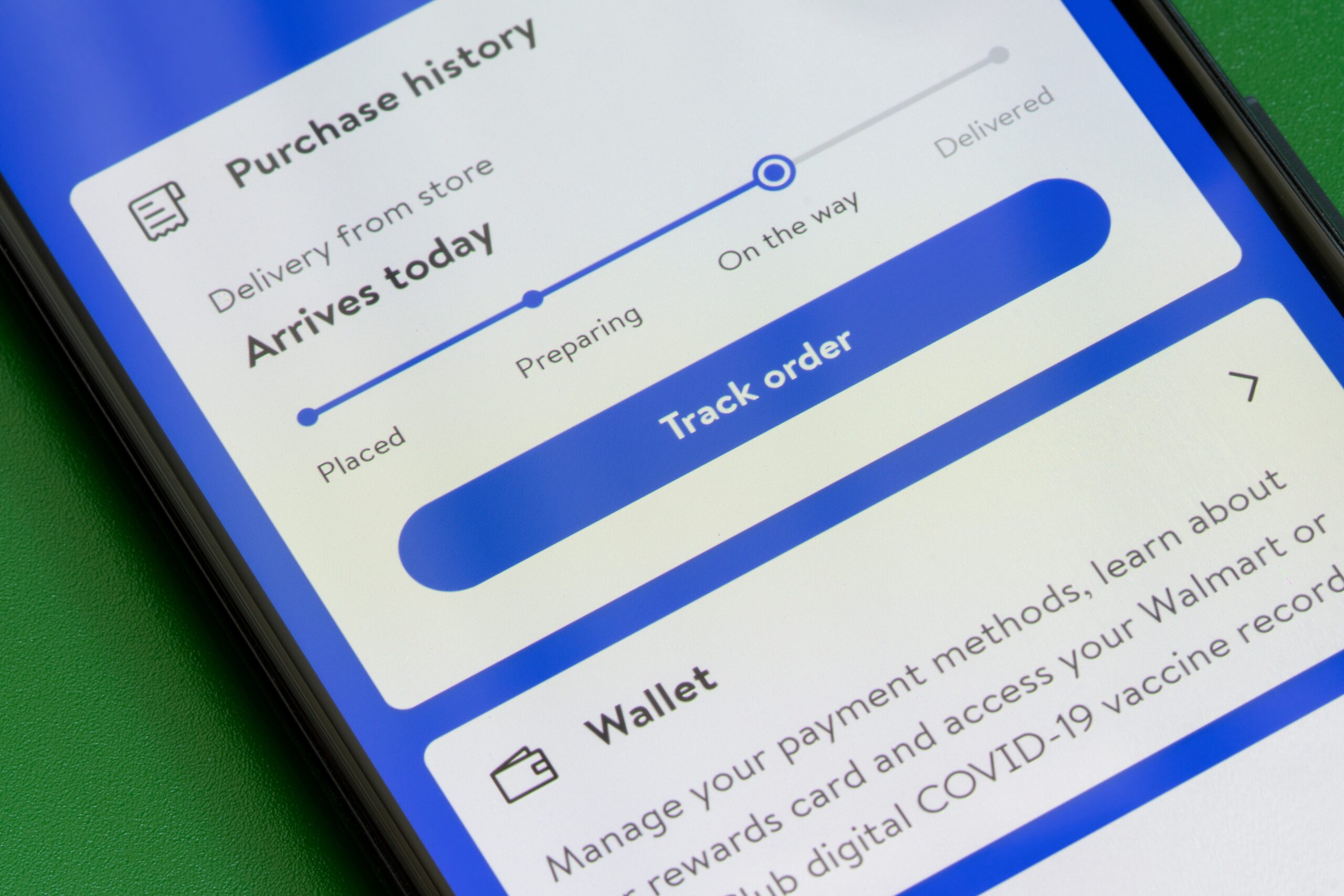There are currently 2.9 billion internet users in the world and of those an increasing number are shopping online not just from retailers in their own country but also across borders. Emma Herrod looks at what this means for UK retailers.
Online retailing around the world is expected to grow 16.5% annually between 2013 and 2020 outstripping the Compound Annual Growth Rate of global GDP at 3.7%. Of course the growth rate of online retailing will alter by individual country with more mature markets growing at lower rates than those in developing markets. However, global cross-border online sales are predicted to grow at the even higher rate of 26.6%.
Research by delivery company Hermes found recently that 84% of French shoppers have ordered from a retailer’s website in another country, compared to 67% of the German population, while Pitney Bowes believes that overall 40% of online shoppers have shopped online from another country.
According to the 2014 Pitney Bowes Global Online Shopping Study, the US, UK and Germany are the most desirable e-destinations for consumers to purchase goods online outside their own country. As a result, retailers based in these countries are in a great position to tap into this trend to expand their reach to global buyers. Australians are the most likely to buy products online from retailers outside their own country (63%) followed by Canada and Russia (both 54%). Surprisingly, shoppers in South Korea (21%), China (19%), and India and Japan (both 15%) ranked highest in believing they can only purchase goods online from retailers in their own country.
Showing the reach of UK brands, the Hermes research also found that well over a third of German and French shoppers have bought from the UK, with the country beating China and the US to top the poll. When looking at a wider survey group of online shoppers from 22 countries, the PayPal research put the UK as third most popular shopping destination for international online shoppers – after the traditional exporting powerhouses of the US and China. Some 17% of global online shoppers buy from the UK, compared to 18% from China and 26% from the US. Whichever way you look at the results it’s good news for the UK.
Chinese consumers are the biggest online buyers of British goods, followed by those from the US, according to the PayPal analysis and Ipsos estimates. The analysis found that 25% of cross-border consumers buying online from UK retailers are from China, while 18% are from the US.
For Chinese shoppers, the most common reason for shopping internationally online is to buy clothes, footwear and accessories. Some 45% of Chinese cross-border consumers have purchased a product from these sectors from another country in the last 12 months.
The Americans too are attracted to clothing, footwear and accessories retailers when shopping internationally online. Some 34% of US cross-border shoppers surveyed had bought these products from abroad in the past 12 months. Toys and hobbies and travel and transportation are the next most popular reasons to shop online internationally, with 18% of cross-border consumers buying from each of these groups. Jewellery is a close third at 17%. Four out of 10 online shoppers from the US said that free shipping would make them more likely to shop online internationally. Meanwhile, 29% of online shoppers said that free return shipping, lower overall item costs and providing a safe way to pay would encourage them to shop more online from abroad.
Well over a third of German and French shoppers have bought from the UK
EXPANDING INTO NEW MARKETS
However, when it comes to accepting and fulfilling orders to shoppers in other countries, or offering the same services as you offer at home in those countries to seize the opportunities of an emerging market, there is more to think about than simply localizing – a subject that InternetRetailing has covered extensively in the past.
Most global retailers are continuing their push into developing markets, although there have been some notable retail contractions in the past year according to AT Kearney’s annual analysis of the growth of retailing around the world.
Hana Ben-Shabat, AT Kearney partner and GRDI co-author, said, “In our analysis we found that there were fewer emerging market expansion retail failures than in years past. Global retailers have learned from past mistakes and have become much more adept and successful with their emerging market expansion strategies. Ecommerce is also helping with global expansion as retailers are able to test a market and build their brand through ecommerce before they expand with brick-and-mortar stores.”
Walmart has pruned its portfolio in China and Brazil and Tesco took a more cautious approach to China, she explains. Several companies have also announced that they are abandoning their Russian operations because they are scared of the impact of the ‘war of sanctions’ between EU, US, and Russia, and uncertain about the effects of the steepening inflation.
Fashion brand New Look has pulled out of Russia and Ukraine given the political uncertainty, although the rest of its international expansion programme is progressing according to plan. Fourteen stores are now trading in China and New Look is on track to have 20 stores in the country by year end, alongside its online presence which it established through an Alibaba owned T-mall site. The company’s roll-out in Poland and Germany continues on schedule.
“It is amazing how much has changed in a year,” comments Professor Kamel Mellahi, Professor of Strategic Management at Warwick Business School. “A year ago most key indicators were suggesting that New Look was going to escalate its commitment to the Russian market. Its operations were profitable and therefore it had sufficient financial slack to accelerate its international strategy. Also Russia, among other emerging markets, was considered one of its key markets. Most observers were expecting it to increase the number of its stores in Russia. More importantly there were indicators that it was planning to deepen its commitment to the Russian market by buying out its franchise partner and move to a more committed mode of operation via a joint venture.
“When the firm announced in August that it was having a closer look at its operation in Russia, pulling out was not perhaps what was expected.”
Another British brand with international markets in its sights is Ted Baker. The design-led lifestyle brand relaunched its website in the US in the Summer of 2014, and it also operates a warehouse in the US.
Brand Communication Director Craig Smith said: “Everything produced under the Ted Baker name has his personality. Ted’s growth in the US has been particularly strong and the new ‘no ordinary designer website’ will continue to write this story of success. Ted’s presence in the US is growing exponentially and the deployment of a new website in this region will help to consolidate our strategic objectives and international presence.”
Mulberry has opened new stores in Las Vegas and Hamburg and partner stores in Bangkok and Dubai, while SuperGroup’s roll out of a multi-national, multi-currency platform is well underway. The launch of new sites for Australia, South Korea and Japan take it to a total of 21 country and language-specific sites.
AO World’s expansion to Germany has given the company “confidence in our ability to replicate our model overseas,” says Chief Executive John Roberts. The company will continue its strategy to deliver a “market-leading proposition in new categories and countries”. ASOS, however, saw a 2% decline in international retail sales during its last financial quarter following “challenging” trading conditions. It is addressing this with investment in zonal pricing for international markets.
Some 17% of global online shoppers buy from the UK
With UK businesses in the travel, retail, leisure and content sectors set to benefit from a global ecommerce export market worth £45bn by 2020 – three times the current Google/OC&C estimated value of £13bn – there are plenty of opportunities for UK ecommerce to lead the charge. Google puts the ten most exciting export markets for UK businesses of all types as Germany, the US, France, Austria, Spain, Italy, Netherlands, Switzerland, Sweden, Canada.
However, building a site, growing brand awareness and trust in new markets, handling logistical issues of customers wanting free delivery and overcoming the perceived difficulty of returns is just one side of the strategic process.
The way people engage digitally is changing fast and retailers have to continually listen and watch to truly understand the opportunities and make them matter to people where they are.
“There is very little about the digital past and present of the West that instructs us about the digital present and future of the rest,” believes Bhaskar Chakravorti, Senior Associate Dean of International Business and Finance at The Fletcher School. “The momentum and direction of countries over time result from the interplay of the systemic elements of supply, demand, institutions and innovation. In the experience of the West these four drivers are more tightly connected. In the case in emerging markets – where the next billion e-consumers are – some of these drivers move much faster than others; the trajectory is non-linear and you could end up with surprises such as Alibaba in China or Flipkart in India or M-Pesa in Kenya.”
So, understanding the bigger picture of institutions and innovations in these parts of the world is essential to knowing where the world’s next big market will emerge. And while you’re aiming to grow through online business, perhaps there’s no substitute for getting on an plane and immersing yourself in your new markets.





